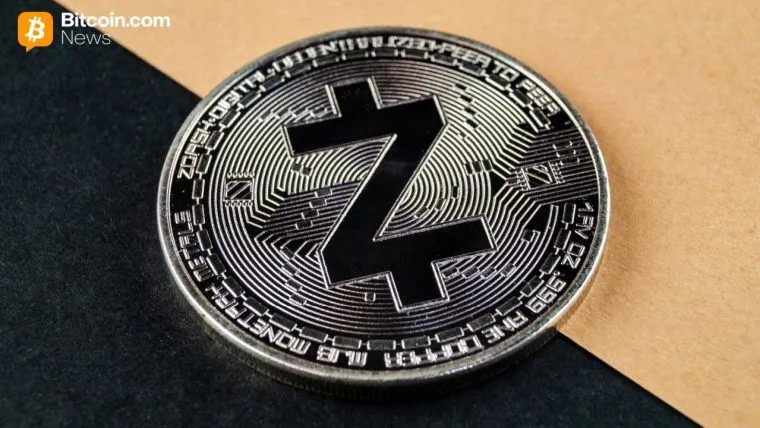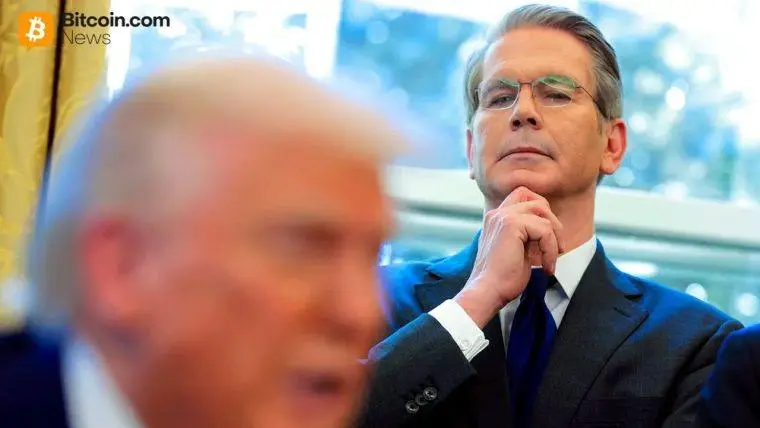Author: Nic Puckrin, Founder of CoinBureau
The largest liquidation event in the history of the crypto market occurred after U.S. President Donald Trump announced punitive tariffs on China on the evening of October 10, resulting in at least $19 billion in long positions being liquidated, exposing the ugly side of this emerging market: its vulnerability to insider trading.
On-chain data shows that a large number of short positions were established on Hyperliquid half an hour before the major announcement. Once the market plummeted, this trader profited $160 million, sparking speculation about market manipulation—some even speculated that the "whale" behind this trade had close ties to the presidential family.
Putting speculation aside, this is just one of many examples of potential insider trading in the digital asset space, a phenomenon that plagues the entire industry. In fact, the token issuance model itself warrants scrutiny, as it often rewards venture capital firms with pre-issue allocations, which they sell upon listing, harming retail traders' interests. Despite progress, cryptocurrencies remain the "Wild West"—essentially unregulated and susceptible to market manipulation.
This massive issue is not unique to cryptocurrencies. It is as old as the market itself. Financial regulators have tried to end it for decades but have failed. This problem is not related to blockchain technology: it is merely a manifestation of human greed.
The transparency of blockchain technology exposes the dirty secrets of the market, ringing alarm bells for regulators and prompting them to take serious action to clean up these issues.
The history of financial markets is filled with instances of unpunished insider trading and market manipulation. One of the most significant examples is the global financial crisis itself, where, despite ample evidence, the rampant dirty dealings of key participants went unpunished. This includes senior executives at Lehman Brothers, who rushed to sell their stocks as the company collapsed—all because prosecutors failed to prove intent under existing laws.
In the years that followed, the SEC reportedly launched over 50 investigations into the derivatives market, including insider trading involving credit default swaps and the potential impact on the Greek government bond crisis from 2009 to 2012. But there were no convictions. This is at least partly due to the fact that the law does not cover debt derivatives. Shockingly, this is still the case in the U.S. today.
Global insider trading regulations have seen few revisions. Nearly a century after the introduction of the U.S. Securities Exchange Act of 1934, the changes implemented have been more of a hindrance than a help. In the U.S., the 10b5-1 rule introduced in 2000 created loopholes for insider trading rather than fixing it, and any updates have failed to address today's more complex market landscape.
A good example is the SEC v. Panuwat case from 2016, which tested the limits of insider trading law to such an extent that it took 8 years to reach a conviction. Matthew Panuwat was a senior executive at biotechnology company Medivation—acquired by Pfizer—who purchased call options on competitor Incyte Corp after learning of the acquisition news. He bet that the competitor's stock price would rise, personally profiting over $100,000.
While Panuwat was ultimately convicted, this so-called "shadow trading" remains an emerging area of SEC enforcement that is technically still unwritten in law. But it should be written in. Existing laws are not suited to a market that is drastically different from 50 years ago, so it is time for an upgrade.
This means formally expanding the legal scope to cover a wide range of investment tools, including derivatives and digital assets, and updating the definition of insider information to include government channels, policy briefings, and other means. It also means strengthening pre-disclosure and cooling-off periods for public officials and aides, similar to existing 10b5-1 reforms.
Moreover, enforcement needs to become faster. In a world where billions can be lost in seconds, an 8-year conviction timeline is far from good enough.
Regulators need to take a strong stance against insider trading, using the modern tools that fraudsters use against them.
The crypto market is certainly no exception. Authorities should have long ago investigated token issuance, exchange listings, and the trading that drives the digital asset treasury frenzy. Honest participants in the field would only welcome this.
However, prosecuting this as a problem unique to cryptocurrencies would be a grave mistake. Until the laws are modernized and loopholes closed, insiders will continue to exploit them, and trust in the system will continue to erode.
Only when wrongdoers begin to fear the consequences of their actions will traditional and digital asset markets truly change.
Author: Nic Puckrin, Founder of CoinBureau.
Related: Who is Michael Selig? Trump nominates a pro-crypto lawyer to head the CFTC
This article is for general informational purposes only and is not intended to be, nor should it be construed as, legal or investment advice. The views, thoughts, and opinions expressed here are solely those of the author and do not necessarily reflect or represent the views and opinions of Cointelegraph.
Original article: “Opinion: Insider Trading is the SEC’s ‘Country Club’ Game, Just Looking for a Scapegoat”
免责声明:本文章仅代表作者个人观点,不代表本平台的立场和观点。本文章仅供信息分享,不构成对任何人的任何投资建议。用户与作者之间的任何争议,与本平台无关。如网页中刊载的文章或图片涉及侵权,请提供相关的权利证明和身份证明发送邮件到support@aicoin.com,本平台相关工作人员将会进行核查。




